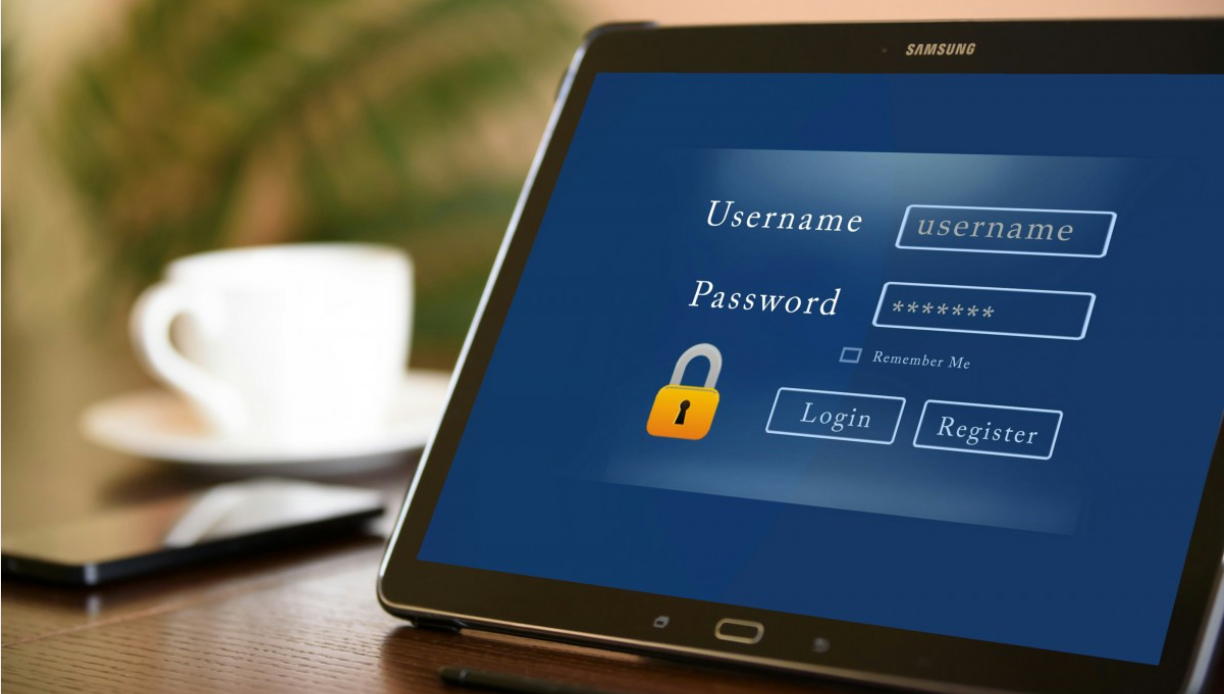As our idea of how to do business in the digital space expands, we’re spending more and more time online. We must keep strong social media and digital presences for marketing purposes, and you may be churning written and video content as part of your broader marketing efforts.
Plus, many businesses no longer even have a brick-and-mortar storefront and work entirely online. With this in mind, keeping our business accounts safe is more important than ever. Here are some tips to help you.
It Starts With Employees
Sadly, no amount of careful cybercrime-busting tactics will help you if your employees aren’t educated, up-to-date, and vigilant in how they interact online. Otherwise, they are your first and most prominent vulnerability. So it is essential to ensure your employees are trained to keep risks low, identify intrusion attempts, and immediately report suspicious behavior.
Employees must be educated on poor password practices and safe browsing. This training is also never a once-and-done. Instead, it should be ongoing and regularly updated as new threats emerge.
Phishing- sending fake emails hoping to get you to reveal vulnerable data has also become very sophisticated. Far beyond the old ‘Nigerian Prince’ scams, we now see spoof emails that are incredibly difficult to identify as fraudulent.
Often, these appear as ‘legitimate’ emails from business partners and clients around invoices and supplier quotes or as banking and even taxation authorities. Train employees on how to assess these emails, check where backlinks and ‘portals’ lead to, and when in doubt, they should call the authority to confirm the legitimacy of the email instead of mindlessly clicking.
A Security Plan
System Security Plans, or SSPs, summarize all the practices you are using to secure your data and ensure your business stays safe. This is a broad-spectrum attack on cybercrime, covering software, hardware, training, and security measures you have in place. There should also be a comprehensive incident-report plan in place.
Your SSP must cover strategies like how to limit access to sensitive data to authorized users only, keeping employees up-to-date on safe browsing habits, and how you will respond when security breaches occur.
A good SSP also ensures you don’t get too busy and forget your super-important security measures. Of course, you’re only as strong as the best practices in your SSP, so make sure you have a skilled and knowledgeable source creating it, whether that’s in-house IT or an independent specialist.
Keep Things Updated
It is widespread to see people ignoring software updates in the business environment. Employees click away nag screens, assuming they’re too busy to deal with it or that someone else will do it for them. They may even be afraid to allow changes on their PCs.
However, companies issue security updates for their products to close loopholes cybercriminals can exploit to gain access to your sensitive data. Additionally, hackers often study these updates as they release, so they can deliberately target companies that are slow in closing these loopholes. You don’t want to be one of their targets!
Password Policies

It seems strange to still be talking about passwords in 2022, but they remain one of your first and simplest ways to secure your business. Easy passwords are out. A secure password must be at least eight characters long, drawing from numbers, small-and-capital letters, and symbols.
The harder to guess, the better for everyone concerned. And they should be checked and changed regularly, especially if you’ve had a security incident.
This one can feel tough to implement among staff because people don’t like using complex passwords that hamper their daily convenience. This is why you must ensure all staff understands how vital secure password practices are. Encourage them to use good password practices and a secure app or tactics like the ‘passphrase’ to help them remember their credentials.
It’s also good to ensure staff understands why information like birthdays, pets’ names, and spouses’ names are not good passwords. It may also be an excellent point to educate staff on how people fish through social media profiles for this sort of information, intending to use it to gain access to information nefariously.
Your company’s social media profiles and related items should be fully and adequately secured against data breaches and intrusions. It’s also wise to start moving past just a password as security.
Two-factor authentication (sometimes called ‘multi-step authentication) introduces a second log-in phase using a physical device, either an authenticator app or a text message sent to the user’s phone. This gives you an additional layer of security in case of a password breach and exponentially improves your security protocols.
Invest in Cybersecurity
Managing cybersecurity risk can become overwhelming even with a very savvy IT department. With every new technological development, cybercriminals are also getting smarter and cannier. Keeping up with the latest shifts in this space can be challenging when your primary business goals lie elsewhere.
Cybersecurity improvements should never be avoided because of a lack of in-house skills or understanding. External cybersecurity specialists can help boost your anti-malware, anti-ransomware, and anti-hacking strategies. Leverage their expertise for your business if necessary.
And make sure you are always using basic background precautions, like effective anti-malware software, to help ward off, capture, and identify any incoming attacks long before you see their unfortunate side effects.
Conclusion
Cybersecurity needs to be top of the list of business priorities for every smart company. Make sure you haven’t slid yours onto your company’s backburner, and make it a priority to keep a safe, clean set of ‘digital hygiene’ practices in play that will help you keep your precious data secure and your hard-won reputation and trust intact.
With simple, regular techniques in place, keeping your company safe and secure doesn’t have to be a struggle.



